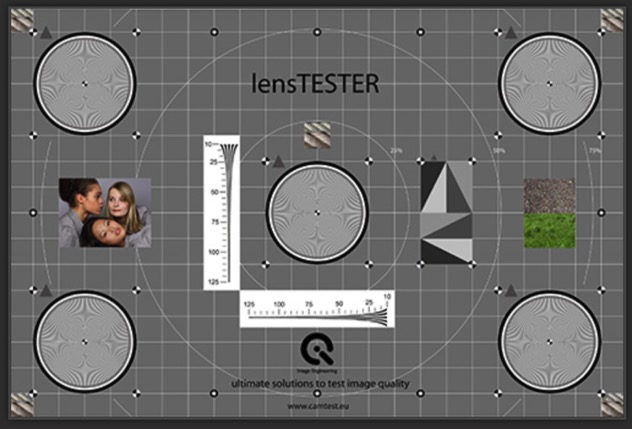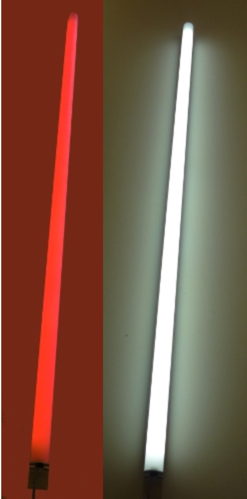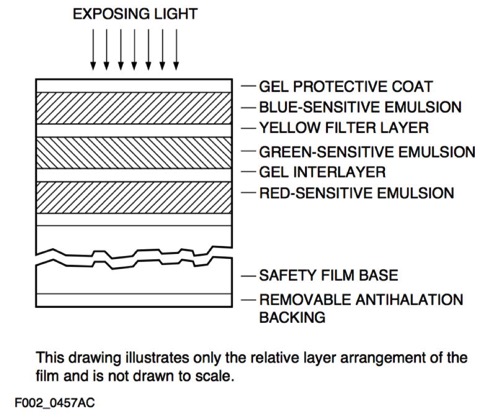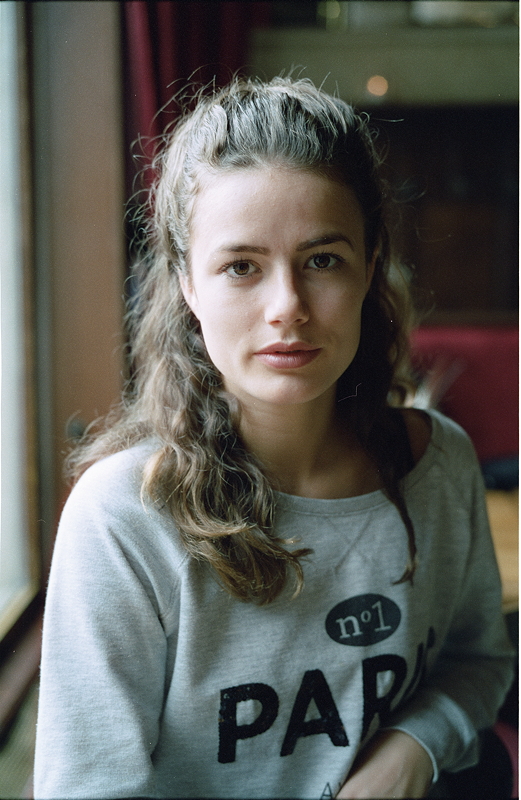29/03/16 13:58
Every year the German luxury companies are ranked according to a range of criteria. The 30 companies listed represent the luxury brands based in Germany and comprise watch manufactures, fashion houses and furniture companies. The only optical company is Leica that dropped from place 9 in 2014 to a shared place 10/11 with Poggenpohl, a kitchen furniture maker in 2015. The overall comment by the bureaus for mark branding: German companies excel in their focus on luxury materials and precision manufacture, but lack superior design and that elusive quality “Thrill and Entertainment” or the German companies are not ‘sexy’. As far as I know companies can never be sexy, because this characteristic is reserved for a handful individuals of the human race. See Esquire if you are in doubt!
Exclusive materials and precision engineering are indeed the main characteristics that distinguish Leica from its competitors. Design is not Leica’s forte: see the recently introduced Leica SL. “Thrill & Entertainment” is only applicable to the dwindling number of aficionados and ambassadors and ‘sexy’ is of course not at all appropriate.
Being listed as a luxury company was anathema for the Leitz family, once the owners of the Leica brand and factory. It is indeed remarkable that choice of materials and precision engineering is now part of a luxury profile. In the classical Leitz days, materials and precision engineering were elements of the functional requirements of the camera and lens because it ensured the high quality and durability of the equipment as required by the photographers.
The overall comment about German luxury brands is the focus on functionality and low profile. The three top companies are (3) Burmester (entertainment electronics), (2) Glashütte (watches) and (1) Lange &Söhne (watches).
Leica’s place in the luxury brand listing is a recognition that they definitely have shed their profile as a dedicated manufacturer of precision engineered photographic products. The Leica T is a good (bad if you wish) example of the strategic confusion between luxury (sexy?) and functionality that the current Leica management has not yet solved. The luxury market is very lucrative and commands prices that can be twenty times higher than one pays on average for mainstream products. That is why Leica can ask such elevated prices for their products. The real technical or performance differences with the competition are becoming less important. This is then the true dilemma for the Leica owners and managers: stick to the high prices (needed because of the profit margin) and stay in the luxury market or evolve into a company that manufactures high-performance photographic equipment for the twenty-first century, as Leitz did for the twentieth century. And if you wish to see real Thrill & Entertainment the current range of camera made by Fujifilm is a fine example.
25/03/16 13:33
A few days ago I received the new test chart by Image Engineering, the company that produces software and test charts used by many important camera makers and optical institutes. The products are extremely expensive and therefore not suited for particular use. Now they have changed their business model: you can buy a chart for about Euro 100 (excluding charges for transport) which has a handful of Siemens stars, a slanted edge picture and some others for colour rendition, sharpness and texture rendition. The chart is 1.20 meter wide and is easy to set up. You take the usual series of pictures and uploads the JPG files to a new site where the files are analyzed and published. You can see the results for yourself. And you can also compare the results with others.
Here is an illustration of the chart.

The great advantage of this method: it is cheap, you do not need to buy additional software and become an expert and most importantly you make yourself independent of the many sites where results are being published and discussed. You get a sound basis for evaluating your own lens/camera combinations and have no longer to rely on others whose methods and procedures are not always clear and certainly not comparable.
One word of warning: photography has to be fun and creative and spending too much time doing comparative tests is not good for your emotional and mental health.
16/03/16 16:31
Ernst Haas, one of the lesser known Leica photographers (he used the Leica R and his subject were landscapes), remarked: “I am not interested in shooting new things - I am interested to see things new.”
This is indeed the essence of photography and in fact all creative visual arts. He explored the technical capabilities of his Leica equipment to find the tools and the technique that allowed him to see things in a new way. His approach is far removed from the style practiced by the community of pixel-peepers and selfie adepts. There is nothing wrong with knowing the limits of your equipment and/or testing what a certain lens/sensor/Raw-engine combo or a lens/film/developer combo can do for you. I have always argued that sensible testing is a must, but also that it is not easy to equate test figures with real picture taking. Most testing is done on tripod in even and clear illumination and this is not the same as working handheld, even at high shutter speeds.
Recently I am working with Leica M-A, Ilford FP4+ and FX39 to produce clair-obscur pictures or chiaroscuro pictures. The exposure meter is the Gossen Starlite 2 in ZoneSystem mode (spotmeter 1 degree). The Cinestill film I used earlier had two big advantages: no grain to speak of and an extended dynamic range (exposure for the shadows and let the highlights take care of themselves). The Ilford film is more restricted but should be good enough for most scenes. We will see.
The next stage is the darkroom and here I have installed a new safelight from Heiland: the LED safelight. It will evenly lit your darkroom and can be switched between red and white light for inspecting the pictures under daylight conditions. (http://heilandelectronic.de/led_darkroom_light/lang:en).

Anything that makes the analog processing easier and more foolproof is welcome as it lets you concentrate on the basic goal: making the most satisfactory pictures that seduce you to move on.
14/03/16 16:07
An amazing number of people have responded to my last blog about the red halo around specular highlights in Kodak CineStill film.
Almost half of the responses referred to optical causes (related to the lens) as the likely cause for the phenomenon. This is not the case. There is nothing wrong with the lens and a lens does not produce these effects (at least not with the colour red).
The majority of responses referred to the special treatment of the CineStill emulsion: there is indeed a removal of the black anti-halation layer below the film base. This removal of the so-called rem-jet layer makes the film suitable for development in normal C41 chemicals (instead of the special ECN-2 chemicals.
The removal of this layer allows the light rays to hit the safety film base and possibly even the black pressure plate of the Leica camera.
Only a few persons (Axel Schwalm gave the most elaborate answer) provided a solution for the obvious question why the colour of the halo is red and not white. It would be white when the cause is a diffusion effect or caused by flare. The logic is that the light rays are reflected from the base and expose again the lowest red sensitive emulsion layer and are then being stopped by the gel interlayer.
See diagram below.

Classical Arri- films also show this behaviour of red halos around specular highlights (often head lamps of cars). So it is not only the removal of the rem-jet that causes the phenomenon.
I wish to thank all respondents for their effort and advices.







